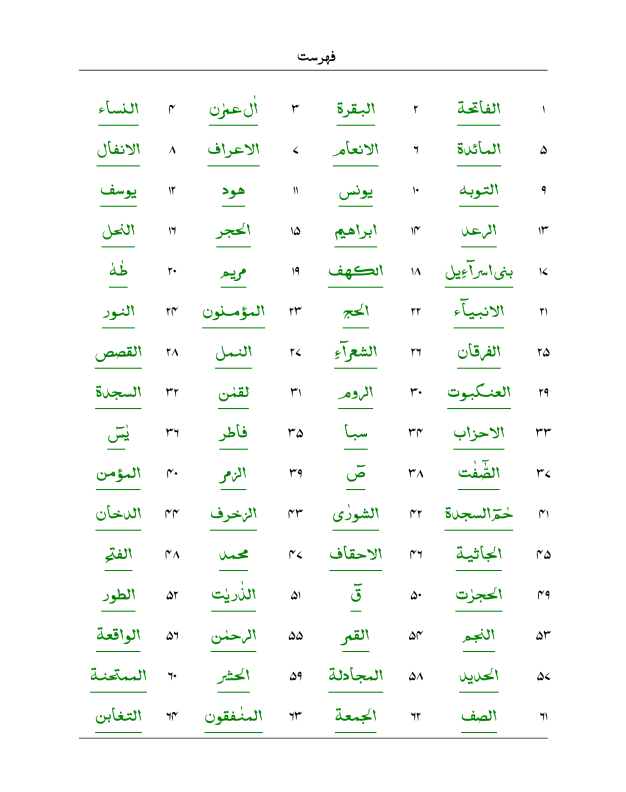

Of course, writing Unicode characters by using the character code as described above is not very comfortable, especially when tables are available only for hexadecimal codes. If necessary, you have to convert the hex code to do so. Please note that many of these tables, only offer the hexadecimal notation of the characters, but you have to use the decimal notation with the ALT key to produce the correct sign.

The character codes of the characters, you can get from corresponding tables, for example published by the Unicode Consortium on this page. In this case, normally the FN key can be used to access a number block, located on the letters of the keyboard. It is more difficult to do this on laptops that do not have a separate number pad. It should be noted that the input must be carried out with the number pad (not with the numbers that can be found above the letters on the keyboard) and you have to activate the Num Pad (usually with the NUM LOCK key above the numeric keybad). For example, with ALT and 142 you can type the letter Ä. For that, keep the ALT key pressed and enter the decimal code of your character on the Num Pad.
Entering unicode in word windows#
In many programs, such as OpenOffice, Word, Notepad or the Windows Editor, Unicode characters can be entered directly by using their character code. This article contains the following sections: In the section about fonts, you can read some information regarding this issue.

Regardless of which method you use, the outcome always depends on whether there is a glyph available in the font you use. But what do you have to do, if you want to enter the other characters, too? There are several possibilities that are presented below. Of course, the input of more than 100,000 possible Unicode characters can not easily be done with a button on a conventional keyboard because keyboards can provide only a small selection of the most common characters - for all other characters there is simply no room.


 0 kommentar(er)
0 kommentar(er)
